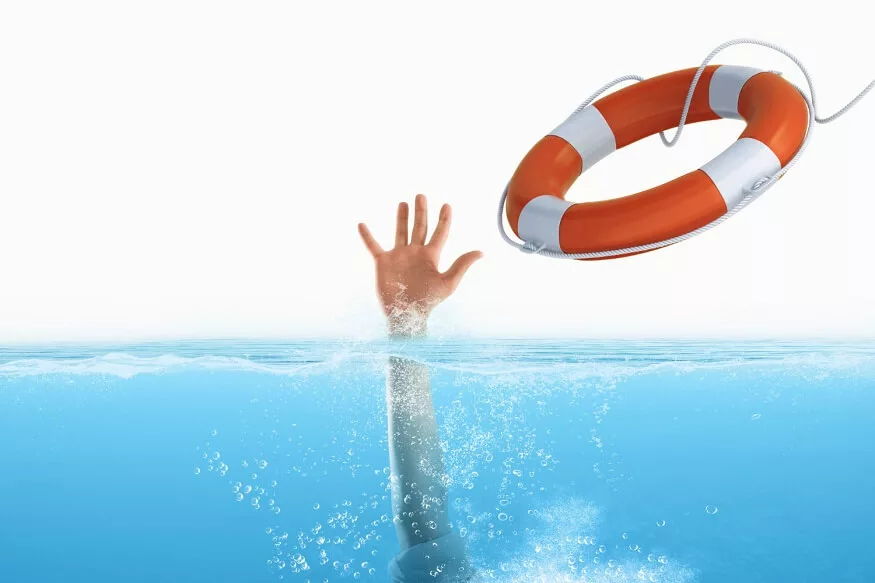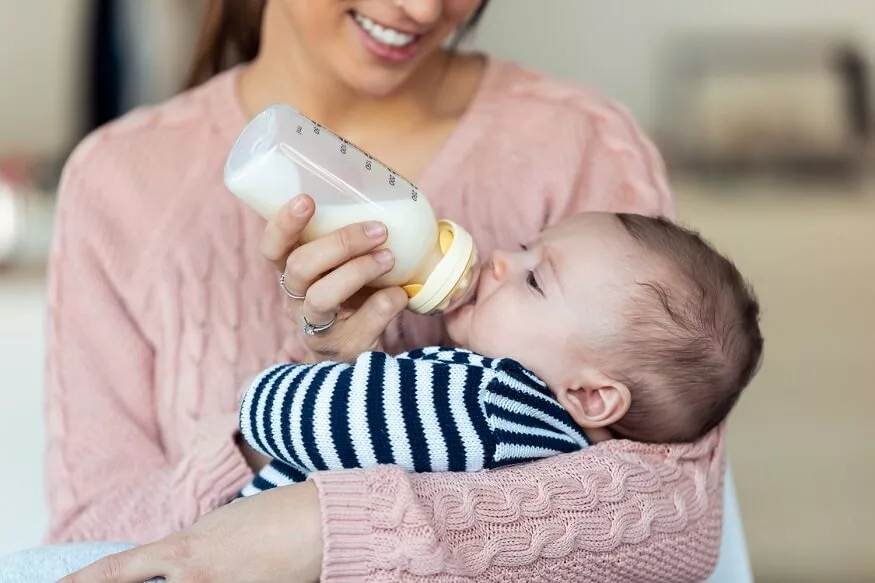Drowning remains a significant concern as one of the leading causes of unintentional injury-related deaths among toddlers. Thus, fostering drowning prevention awareness becomes imperative for parents and caregivers alike. The innate curiosity and unbridled energy of toddlers often draw them towards the water, underscoring the need for heightened vigilance and the implementation of effective strategies to prevent drowning incidents. In this comprehensive exploration, we will delve into the key aspects of drowning prevention in young children, emphasising the paramount importance of awareness and water safety.
Drowning Prevention Awareness
Drowning prevention awareness stands as the cornerstone of ensuring the safety of curious toddlers around water. It is essential that parents and other carers have a thorough understanding of potential hazards and take proactive steps to reduce them. As they say, “prevention is better than cure,” and toddler water safety is one area where this adage is especially applicable.
The knowledge that drowning accidents can happen in as little as a few inches of water is a critical component of drowning prevention awareness. This extends beyond large bodies of water like pools and lakes, encompassing everyday settings such as bathtubs, buckets, and even small containers. Maintaining a watchful eye on toddlers during water activities, irrespective of the water’s depth, becomes paramount.
Also Read: How to Cultivate Empathy in Toddlers and Students
Strategies to Prevent Drowning
Now, let’s delve deeper into effective strategies aimed at preventing drowning and ensuring the safety of our little ones around water. The implementation of these simple yet crucial measures can significantly reduce the risk of drowning incidents, fostering a secure environment for toddlers to explore safely:
1. Constant Supervision:
The most fundamental strategy in drowning prevention revolves around maintaining constant supervision. Never leave a toddler unattended near water, even for the briefest moment. Whether it’s bath time or playtime in a kiddie pool, designate a responsible adult to keep an unwavering eye on the child, ensuring uninterrupted vigilance.
2. Secure Barriers:
Erecting secure barriers around pools, hot tubs, and other water sources is vital. Fences equipped with self-closing and self-latching gates prove effective in restricting a toddler’s access to these potentially hazardous areas. It is crucial to ensure that these barriers are at least four feet high to deter climbing attempts.
3. Swimming Lessons:
Consider enrolling toddlers in age-appropriate swimming lessons. While these lessons may not render them completely drown-proof, they instil basic water skills and bolster their confidence in and around water. Early exposure to swimming education lays a foundation for water safety that can last a lifetime.
4. Floatation Devices:
Whenever toddlers are near open water, such as lakes or beaches, it is imperative to ensure they wear Coast Guard-approved floatation devices. These devices serve as an additional layer of protection, potentially providing lifesaving in the event of an accidental immersion.
Also Read: What Are The Key Communication Milestones In Babies And Toddlers?
What Is the Key in Drowning Prevention?
The core of drowning prevention lies in marrying heightened awareness with proactive measures. Caregivers must stay informed about potential risks and implement practical strategies to create a secure environment for toddlers. This approach transcends reactive responses, emphasising a proactive mindset that anticipates and mitigates dangers before they occur. The key is a dynamic interplay between awareness and proactive measures, forming a robust framework that combines understanding with decisive action. Through ongoing commitment and vigilance, caregivers ensure a safer aquatic experience, minimising the risk of drowning incidents.
Drowning Prevention in Young Children
Effectively implementing drowning prevention in young children necessitates a multi-faceted approach that takes into account their developmental stage, natural curiosity, and limited understanding of danger. Here are specific steps to further enhance water safety for toddlers:
1. Educate Caregivers:
It is imperative to ensure that all caregivers, including grandparents, babysitters, and older siblings, are well-versed in the importance of drowning prevention. Provide them with comprehensive guidelines on constant supervision and other essential safety measures to ensure a unified approach to water safety.
2. Remove Temptations:
Toddlers are inherently drawn to water, necessitating the removal of temptations that might attract them to unsafe areas. Emptying and storing buckets and other containers upside down prevents water accumulation, and securing bathroom doors mitigates the risk of unsupervised access.
3. Establish Water Rules:
Ingrain simple water safety rules in the minds of toddlers. Teach them not to approach water without an adult, refrain from running around pools, and never enter water without explicit permission. Consistent reinforcement of these rules contributes significantly to building awareness and promoting responsible behaviour.
Drowning Prevention and Water Safety
Drowning prevention and water safety are interconnected, forming a comprehensive approach to ensuring the safety of toddlers around water. Integrating water safety practices into daily routines makes them second nature for both caregivers and children, fostering a culture of safety.
- Emergency Preparedness: Being adequately prepared for emergencies is a critical facet of water safety. Caregivers should be well-versed in CPR techniques and basic water rescue procedures. Additionally, having a phone nearby with emergency numbers programmed ensures swift response in case of unforeseen circumstances.
- Regular Safety Checks: Consistent safety checks in and around the home are essential. Ensuring the integrity of barriers such as fences and gates and identifying potential hazards, such as toys near the pool, contribute to maintaining a secure environment for toddlers.
- Lead by Example: Children are keen observers, learning through emulation. Hence, in terms of water safety, parents and other adult carers ought to set an example. Responsible behaviour near water is emphasised by exhibiting appropriate behaviour, such as wearing life jackets, not jogging on slick surfaces, and following established guidelines.
Also Read: Engaging and Fun Alphabet Sounds Practice for Toddlers
Empowering Caregivers with Water Safety Education
Providing Essential Information for Informed Decision-Making:
- Equipping caregivers with comprehensive water safety knowledge, including potential risks, preventive measures, and emergency responses.
- Ensuring well-informed caregivers can make sound decisions to safeguard toddlers in various water-related scenarios.
Ensuring All Caregivers Prioritise Water Safety:
- Emphasising inclusivity for all individuals responsible for a toddler’s well-being.
- Utilising targeted educational programs, resources, or training sessions to empower everyone involved in a child’s care, ensuring a safe water environment.
Community Engagement for Holistic Drowning Prevention
Fostering Collective Responsibility for Water Safety:
- Highlighting water safety as a shared responsibility within the community.
- Encouraging active contributions from parents, caregivers, neighbours, friends, and community members to create a safe environment for toddlers around water.
Collaborative Efforts to Create Safer Environments
- Underscoring the importance of collaborative initiatives
- Involving partnerships between local organisations, schools, and community leaders to implement safety measures, organise educational events, and establish community-wide practices that enhance water safety for toddlers. Collaboration amplifies the impact of drowning prevention efforts, creating a more secure environment for all children.
Also Read: Water Safety Tips for Kids
The gravity of childhood drowning incidents necessitates a robust commitment to drowning prevention awareness. By comprehending potential risks, implementing effective strategies, and prioritising water safety, parents and caregivers can create a secure environment for their little explorers. The key to drowning prevention lies in proactive measures that seamlessly integrate into daily routines, ensuring that water-related activities remain both enjoyable and safe for toddlers. Stay vigilant, stay informed, and let’s collectively work towards eliminating the scourge of childhood drowning incidents.
At EuroSchool, we recognise the paramount importance of fostering a safe and secure environment for our young learners. Our dedicated efforts extend beyond academic excellence to prioritise the safety of our students, especially in potentially hazardous situations like water-related activities. We implement comprehensive drowning prevention strategies, emphasising constant supervision, secure barriers, and educational programs to equip both parents and caregivers with the knowledge necessary for informed decision-making. Through proactive measures and a collective commitment to water safety, EuroSchool strives to create an environment where toddlers can explore and learn with confidence, knowing that their safety is our top priority.











